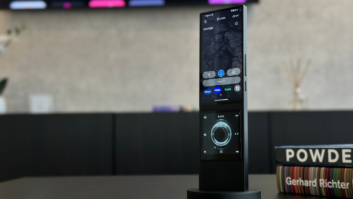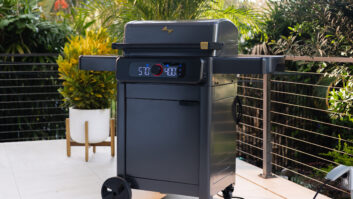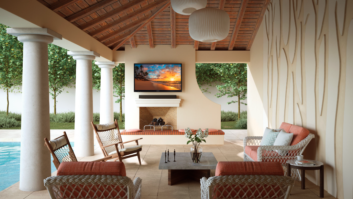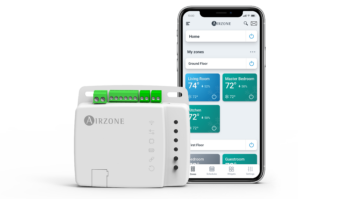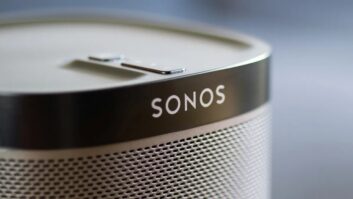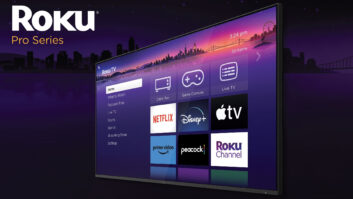Phoenix Gold will catch the eye of custom installers when it launches its first distributed-audio system (DAS), which will complement the company’s in-wall speakers, speaker selectors and connectors.
The NeoSys system would be the first DAS to leverage the professional-audio market’s ADAT technology, which shuttles audio signals to multiple mixing boards in a recording studio.
The company expects to show a fully functioning version of the system at CES, followed by probable late-spring shipments, said marketing manager Rusty Bennett.
The system features a hub that distributes control signals and 24-bit/48kHz digital audio over CAT-5 cable to an in-wall keypad, which converts the audio signals back into analog form and amplifies the signals for transfer to in-wall or in-ceiling speakers. Alternately, keypads can be ordered without the D/A converter or 11-watts-per-channel digital amp. These keypads would route the audio signal via CAT-5 to an in-wall input/output module that would incorporate D/A converter and send the analog audio signal out to a higher power outboard amplifier and speakers.
Phoenix adopted the recording-studio ADAT technology in part to leverage ADAT’s economies of scale and produce a four-zone system that, with amplified keypads, will retail for less than $2,500, excluding sources, speakers and installation.
ADAT converts audio sources into 24-bit/48kHz digital audio for transmission. Digital transmission eliminates the losses that occur when distributing speaker-level analog signal throughout a house, Bennett said.
Also with ADAT, wiring can be simpler because installers have the option of daisy-chaining each keypad rather than home-running each one to the hub, he said. Another advantage: when installers connect a local source to a wall’s input/output module, the source can be accessed from any keypad in the house.
Phoenix plans two hubs: a four-source model and an eight-source counterpart. Each will support at least four zones out of the box but will be expandable to 64 zones.
Other system advantages include CAT-5 distribution, which eliminates a bulkier run of speaker and control cables from the central audio sources.





